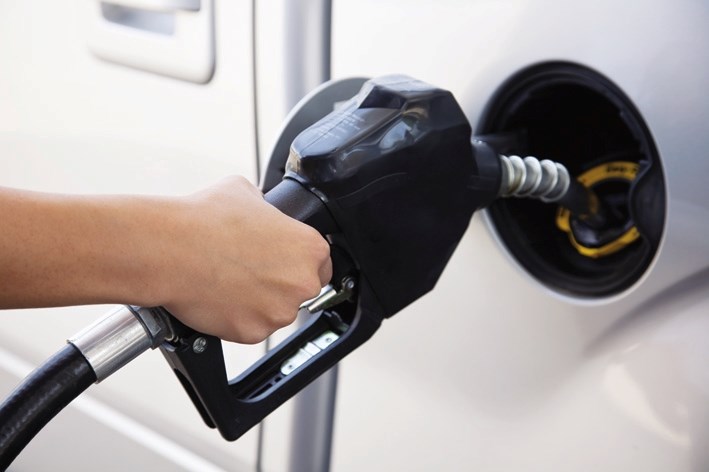Residents can expect to see a spike in the cost of living after the latest increase in the carbon levy.
As part of the Alberta government's Climate Leadership Plan, costs increased from $20 per tonne of carbon dioxide emissions to $30 per tonne as of Jan. 1.
Local municipalities expect the latest increase to be a detriment to the economy. Business owners will have to find ways to deal with increased costs, which could lead to higher prices for the consumer.
“Costs have gone up at the town as a result of this. Costs have gone up for grocers and other businesses as well. In terms of an overall impact, I think we're just going to see increases in prices,” said Bonnyville Mayor Gene Sobolewski.
According to the province, even with the increase, businesses in Alberta will still pay $8.7-billion less in total taxes and carbon charges than they would under other provincial tax systems.
“Our made-in-Alberta Climate Leadership Plan works for Albertans and Alberta's economy. Since 2015, our plan has supported mortgage-paying jobs, built an entirely new and long overdue energy efficiency industry, and put a meaningful dent in emissions reductions. We will continue to protect Alberta's health, wealth, and growth in 2018,” said Shannon Phillips, Minister of Environment and Parks, in a release.
Despite the discrepancy between Alberta and their neighbours, the higher levy doesn't bode well for municipalities trying to attract business to their region.
“From a business standpoint, we're not in favour of it. Anytime a cost gets added on to our local businesses, it's never a good thing, because that usually always gets passed down to the consumer,” explained MD of Bonnyville Reeve Greg Sawchuk.
Prices at the pump have already started to reflect the increased tax, showing a rise in the average price of both gasoline and diesel. According to Gas Buddy senior petroleum analyst Dan McTeague, this brings the additional cost at the pump to over seven cents as a result of the Climate Leadership Plan.
The levy is expected to stay stagnant until 2020, when the province plans to raise it again under a similar plan.
“The net increase is 2.35 cents per litre of gasoline and about three cents to the price of diesel. That's on top of last year's increase of 4.37 cents. That's where it's going to remain until 2020, where the government has proposed increasing the levy to $40 per tonne, and then $50 per tonne. All in, this tax will add around 13 cents to the price at the pumps,” detailed McTeague.
Some companies are in favour of the proactive approach to reducing emissions, but even supporters are hoping the province can find a way to offset some of the costs associated with government policies.
“We believe one of the best ways to address climate change is through the implementation of an economy-wide carbon levy, and by directing some of the revenues from this towards the development of carbon-reducing technologies,” said Sonja Franklin, senior media advisor for Cenovus Energy.
She continued, “At the same time, more needs to be done to address the cumulative impact of all government policy on our industry to ensure Alberta remains an attractive region to invest in.”
Rebates associated with the plan have gone up. About 60 per cent of households are expected to be eligible in 2018.
Single adults who earn up to $47,500 per year will be eligible for a $300 rebate, while couples earning up to $95,000 will receive a rebate of $450. Families with two children with an income of up to $95,000 will receive $540, and $45 each additional child.
While the rebate puts money back in consumers' pockets, many believe it won't be enough to cover the costs associated with the levy.
“I think that's what everybody is seeing already. The rebate will never cover what the government is taking in advance, and that's just basic mathematics. Some of the money the government takes in will be taken up by the number of bureaucrats and will never be turned into a positive,” said Sawchuk.
In 2017, the funds created from the increased levy have gone to upgrading Light Rail Transit (LRT) lines in Calgary and Edmonton, including a $1.53-billion commitment to the Calgary Green Line LRT project by the province.
Homeowners and businesses have also received over $300-million in rebates on energy efficient products such as programmable thermostats or tankless water heaters.
Despite the positive implications the program has on the environment, many are opposed to the recent increase. From running a home to a business, operating in Alberta just became a little more expensive.
“It's just got a little bit more costly to undertake business in this region and in the Province of Alberta,” said Sobolewski “I'm not happy with the way it has rolled out, but more importantly, you're going to see a lot of businesses and a lot of people grumbling that costs have gone up.”



